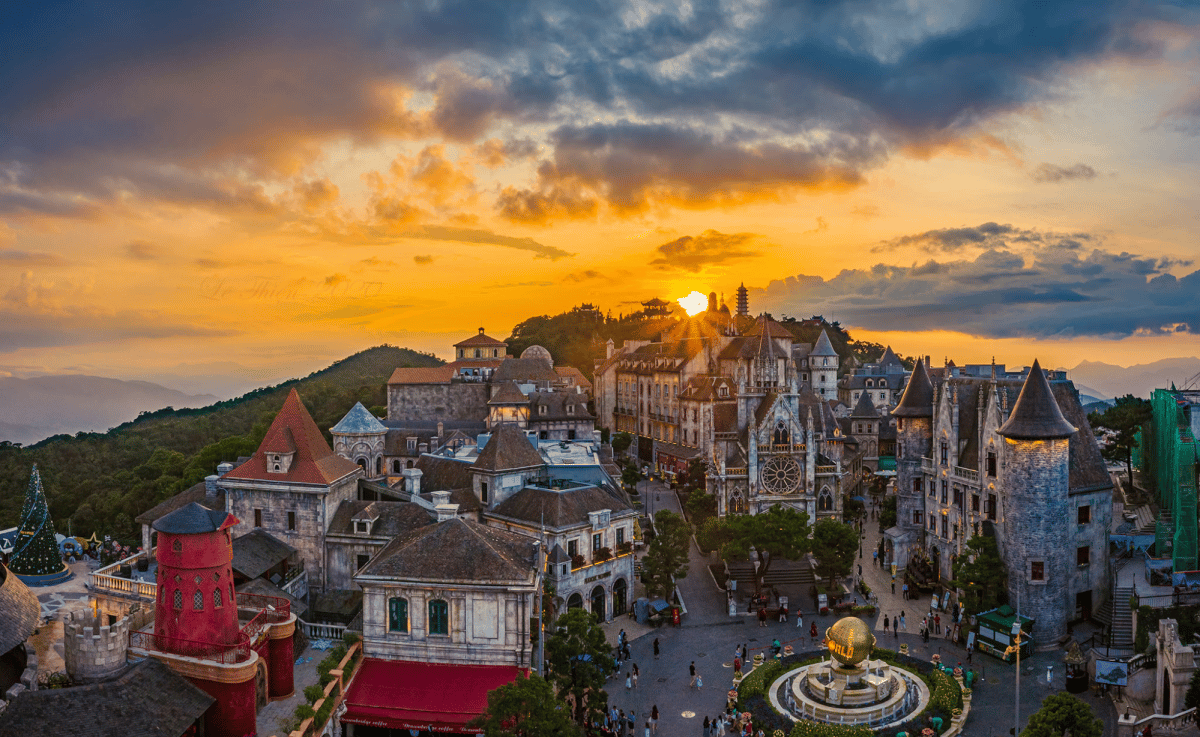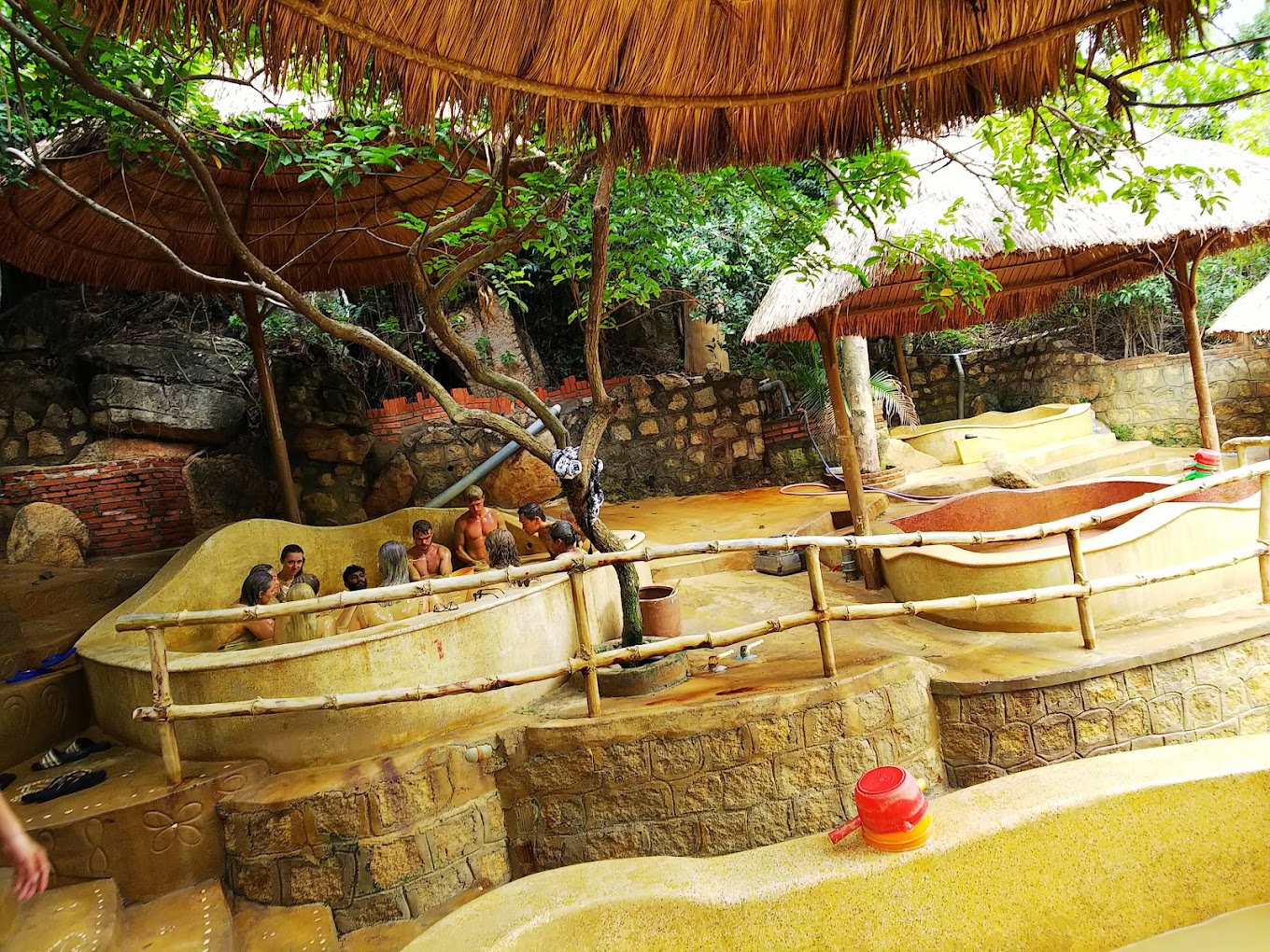Hoi An Covered Bridge is known as a tourist symbol of the old town. This place makes a strong impression thanks to its Japanese-style architecture. Above all, this place is also printed on Vietnam’s banknotes.
Hoi An Covered Bridge is considered a bright spot of Hoi An tourism with its quiet scenery. This place also witnessed the change of history with countless events and changes. Perhaps that is why this place has become an ideal stopover attracting thousands of visitors every year.
Table of Contents
Where is Hoi An Covered Bridge? History of Hoi An Bridge Pagoda
Hoi An Bridge Pagoda is located at Nguyen Thi Minh Khai Street, Minh Khai Ward, Hoi An Ancient Town. Anyone who comes to this place is impressed by the majesty as proof of history. At the same time, it contains the faith and hope of the people here.
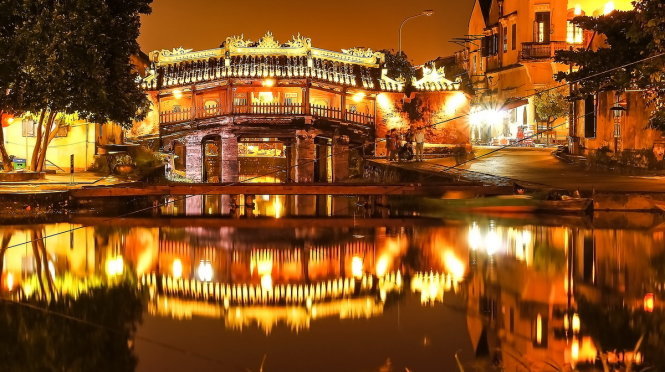
The Covered Bridge in Hoi An was built in the 17th century by Japanese merchants. This place is associated with the legend of a monster named Namazu. Accordingly, its head is located in India, its body in Vietnam and its tail in Japan. Therefore, every time a monster moves, there are floods and earthquakes.
This temple was built with the meaning of a sword blocking the monster’s back. Therefore, it will not be able to stir up disturbance in human life. Since then, the three countries will always be peaceful and flourishing.
In addition, this place is also known as Japanese Bridge or Lai Vien Kieu. The reason for its name is because the Bridge Pagoda has Japanese-style architecture. Besides, in 1719, Lord Nguyen Phuc Chu visited Hoi An and named the bridge Lai Vien Kieu, which means “The bridge welcomes guests from afar”.
Therefore, when coming to Hoi An, do not forget to visit this Hoi An tourist destination . Thereby, you both save beautiful moments for yourself, have a vacation, visit meaningful.
Covered Bridge – What’s unique about Hoi An’s symbol?
In fact, the history of Hoi An Bridge is a busy place with trading activities. This is not only happening in the country but also extending to foreign traders. In particular, this place has also witnessed the cultural interference of Southeast Asia and East Asia.

Coming to Hoi An Bridge Pagoda, you should remember the Hoi An travel experience . This information is really useful to tourists from all over the world, helping you to be more active in your trip.
The architecture of Hoi An Bridge Pagoda is Japanese style
Covered Bridge in Hoi An ancient town with a total length of 18 meters, covered. This work crosses a small tributary of the Thu Bon River with a contemplative image. The pagoda is designed with wood with the upper part being the house, the lower part being the bridge, the foundation made of stone pillars.
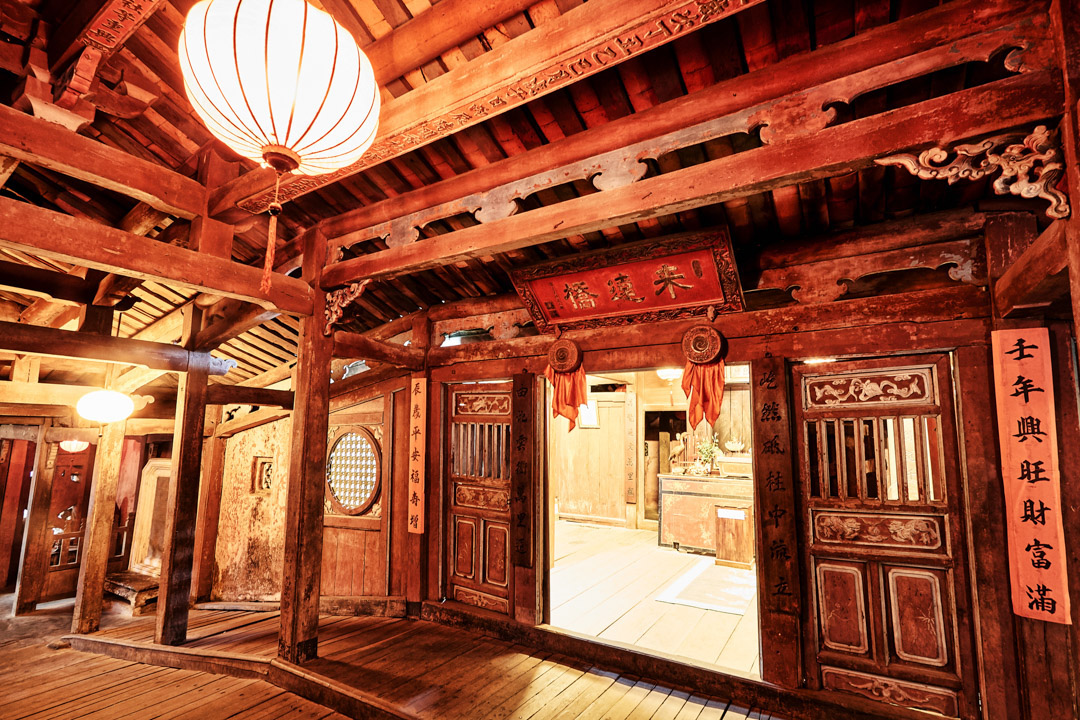
The architecture of Hoi An Bridge Pagoda is Japanese style with a flexible roof. This part covers the whole bridge, the main door has a large sign connecting 3 Chinese characters “Lai Vien Kieu”. The part of the pagoda is separated from the bridge by a layer of wooden wall and the lower door set brings a special space.
Besides, the Japanese Covered Bridge in Hoi An is also strongly impressed by the standing animal statue. Specifically, the two mascots Dog and Monkey show majesty. At the same time, this also marks the completion of the construction work in the year of the Monkey until the year of the Dog.
Covered Bridge is associated with the life of Hoi An people
Hoi An Covered Bridge is also associated with the lives of the people here. Typically, the regulation of traffic, convenient for traveling in the old quarter. In particular, this place is also a place of religious activities about the town of sea monsters and water disasters.
Hoi An Covered Bridge has undergone many restorations but still retains its inherent ancient features. In particular, on February 17, 1990, Cau Pagoda was recognized as a National Historical – Cultural Relic. So, if you want to explore inside Hoi An Bridge Pagoda, you should come here at least once in your life.
Hoi An Bridge Pagoda does not worship Buddha like other temples
Most importantly, Hoi An Cau Pagoda does not worship Buddha like other temples. This place worships the guardian god of the country who brings joy and happiness to people, Bac De Tran Vo. Therefore, thousands of tourists as well as people constantly visit with the desire to find good things.

The image of Hoi An Bridge Pagoda is printed on Vietnamese banknotes
Hoi An Bridge Pagoda is also an architectural work highly appreciated by Vietnam. The most obvious proof is that the temple becomes the image printed on the 20,000 VND polymer coin. This once again confirms the special, deep meaning of this famous place.
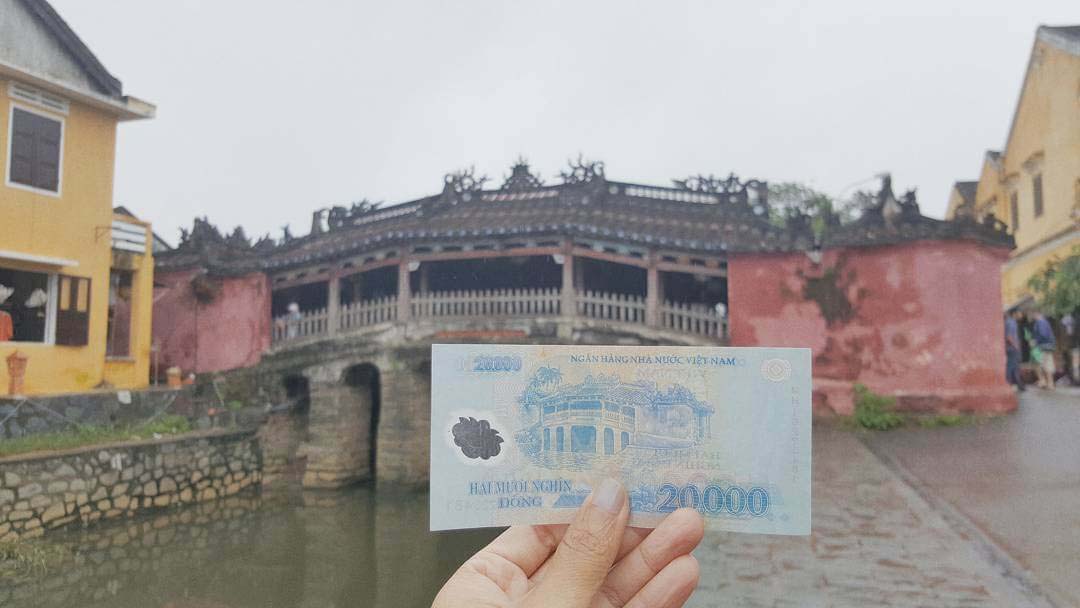
Traveling to Hoi An, in addition to going to Cau Pagoda, you should not miss the 12 major festivals held annually here. A lot of visitors participated and got an unforgettable impression.
Move To Hoi An Covered Bridge
If you are in Danang and want to visit Hoi An in general and Cau Pagoda in particular, book yourself a luxury, comfortable, reasonably priced car.
See More: Hoi An Car Rental With Driver
Notes when going to Hoi An Bridge Pagoda
To make your visit to Hoi An Bridge Pagoda convenient and complete, remember to immediately pack the following useful notes:
- When coming to Hoi An Bridge Pagoda, you are required to buy tickets to visit this cultural heritage. Accordingly, Hoi An Bridge Pagoda fare for Vietnamese is 80,000 VND/person, foreign visitors 150,000 VND/person. Just spend a small amount of money, you will get many benefits for yourself. (This ticket price is the cost of visiting 21 places in the old town, including the Covered Bridge).
- In addition to visiting Hoi An Bridge Pagoda, you can also participate in folk game activities. Street performances take place at 19:00 to 20:30 every day in the old town
- The experience of going to Hoi An Cau Pagoda for tourists is to hire more guides. You will know where Hoi An Bridge Pagoda is, listen to each story and understand the special architecture of the work.
- The ideal time to visit around 9am or 2am to 3pm will not be too crowded.
- Hoi An Covered Bridge is a spiritual place, so when visiting and pilgrimage you should not be jostled. Go lightly, speak quietly, observe silently to show respect and behave civilly.
Hoi An Covered Bridge is a unique place you should visit. Thereby, you will understand more about history, feel and nostalgic for the ancient features amidst the hustle and bustle of life. So that when we return to the present life, we appreciate the things we have in hand.
